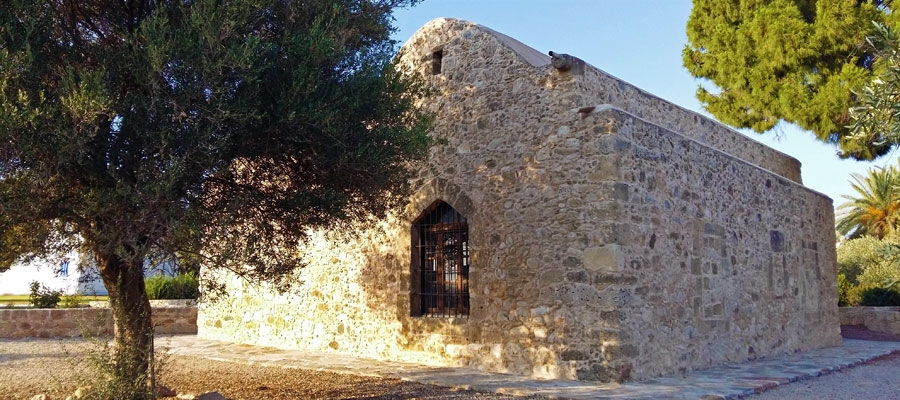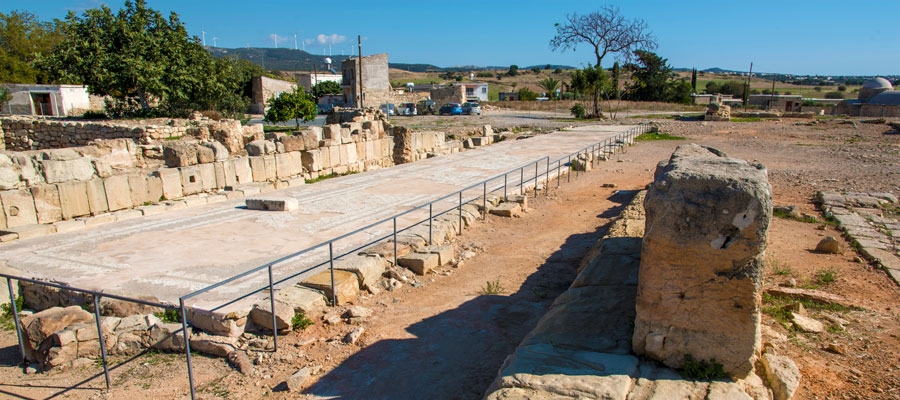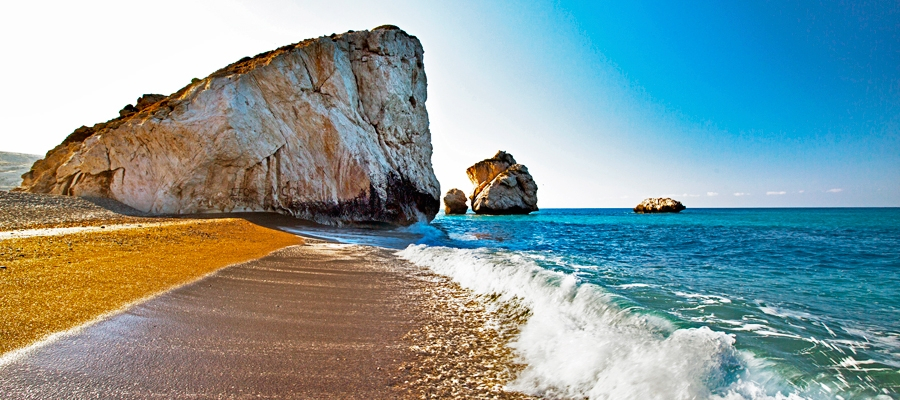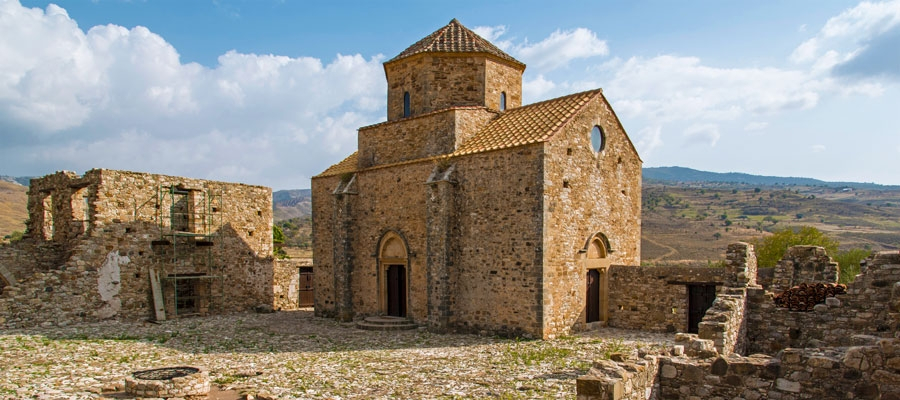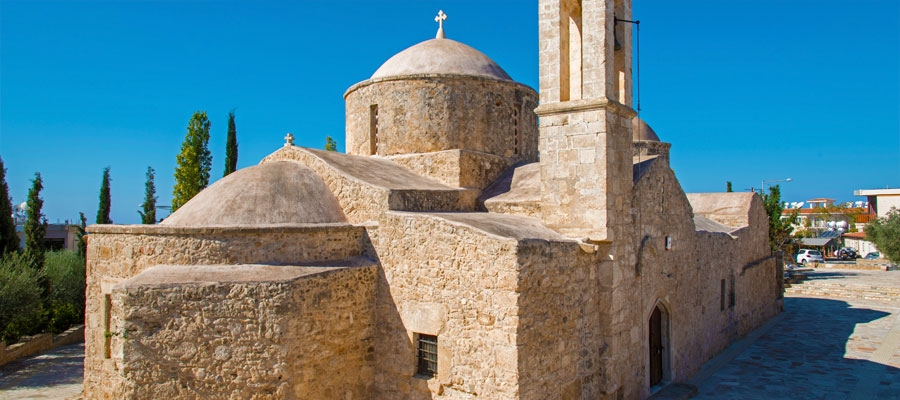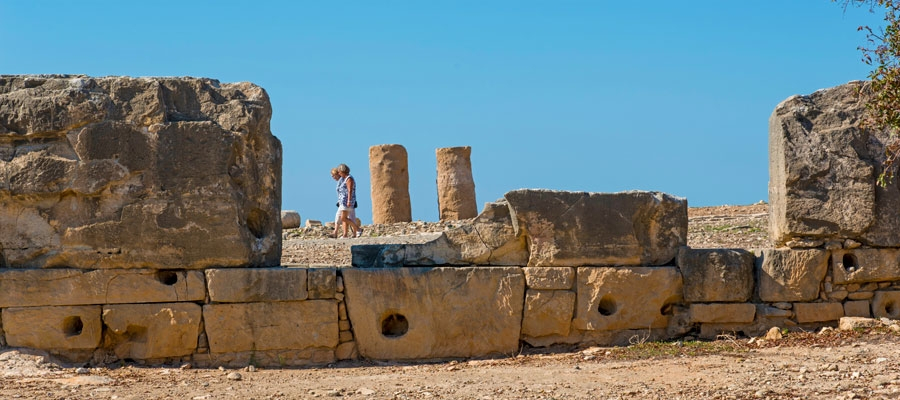The Pafos (Paphos) Mosaics are considered among the finest in the eastern Mediterranean and form part of the Archaeological Park of Kato Pafos, which has been included in the UNESCO World Heritage Sites list since 1980. They were discovered in 1962, after a farmer ploughing his field accidently unearthed one of them.
The Houses of Dionysos, Theseus, Aion and Orpheus are the villas of four Roman noblemen that date from the 2nd to the 5th centuries AD.Their intricate floor mosaics depict various scenes from Greek Mythology.
The 556 square metre floor mosaics at the House of Dionysos are decorated with mythological, vintage and hunting scenes. There is also a Hellenistic pebble mosaic representing the mythical sea-monster Scylla at the entrance.
The House of Theseus is named after its oldest mosaic of the Ancient Greek hero brandishing a club against the Minotaur. Newer mosaics depict Poseidon and Amphitrite and Achilles´ first bath.
The House of Orpheus has floor mosaics depicting Orpheus among the beasts, two panels representing Hercules and the Lion of Nemea, and an Amazon with her horse.
The House of Aion has the most spectacular mosaic of five figural panels depicting: the newborn Dionysos; Leda and the Swan; the beauty contest between Cassiopeia and the Nereids; Apollon and Marsyas, and the Triumph of Dionysos.
The Park also includes other sites and monuments from prehistoric times to the Middle Ages, such as the Asklepieion, the Odeon, the Agora, the Saranta Kolones (Forty Columns) Castle, and the Limeniotissa ruins of an Early Christian Basilica.
The Pafos Mosaics link with the Aphrodite Cultural Route.
|
Region: |
Pafos |
|
Address: |
Kato Pafos, near the harbour |
|
Contact No: |
Tel: +357 26 306 217 |
|
Operating Hours: |
April 16 – September 15, daily: 08:30 – 19:30
September 16 – April 15, daily: 08:30 – 17:00 |
|
Operating Period: |
All year round.
Closed on Christmas Day, New Year’s Day and Easter Sunday (Greek Orthodox). |
|
Entrance Fee: |
€4,50
For organised groups consisting of more than 10 persons there is a 20% reduction on the entry fees.
The Department of Antiquities can issue special entry cards for all its museums and ancient monuments: One (1) day entry cards – €8,50, three (3) day entry cards – €17,00, seven (7) day entry cards – €25,00. |
|
Disabled Access: |
Partially accessible to wheelchairs. |
|
Website: |
www.mcw.gov.cy/da |
|
|
Opening and closing times as well as entrance fees, are subject to alterations without notice. Visitors are advised to check before visiting. |

